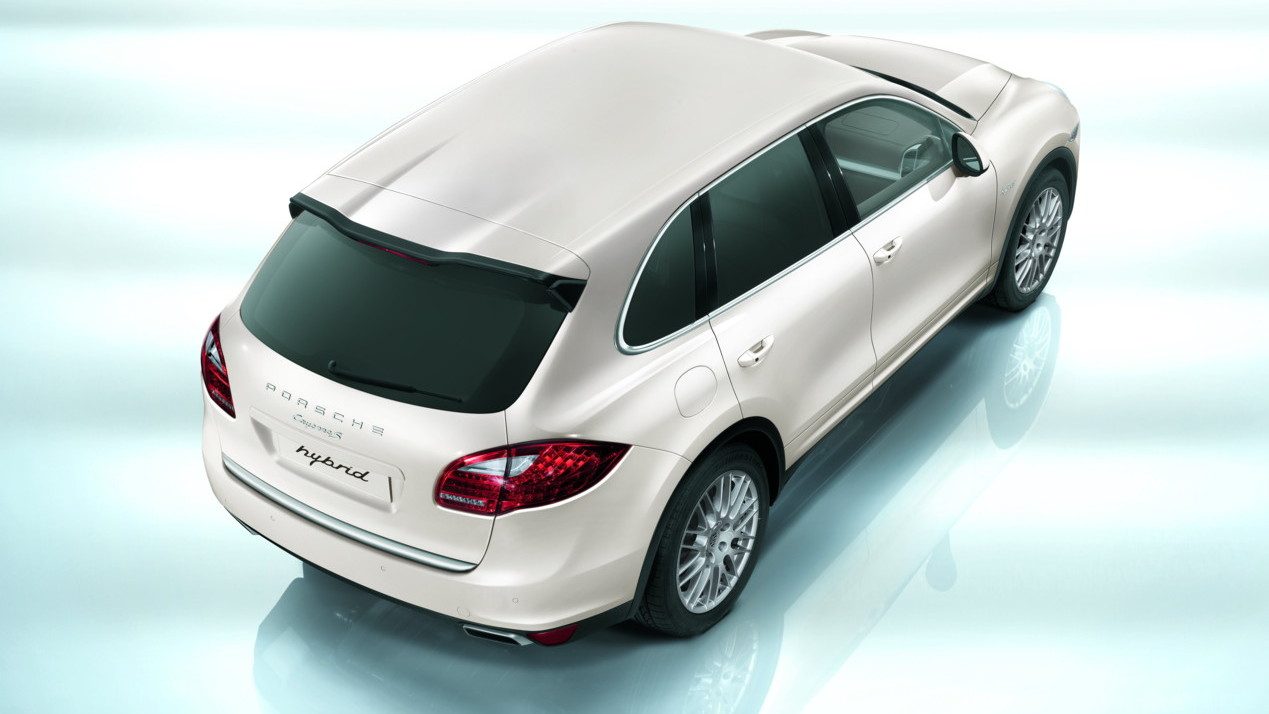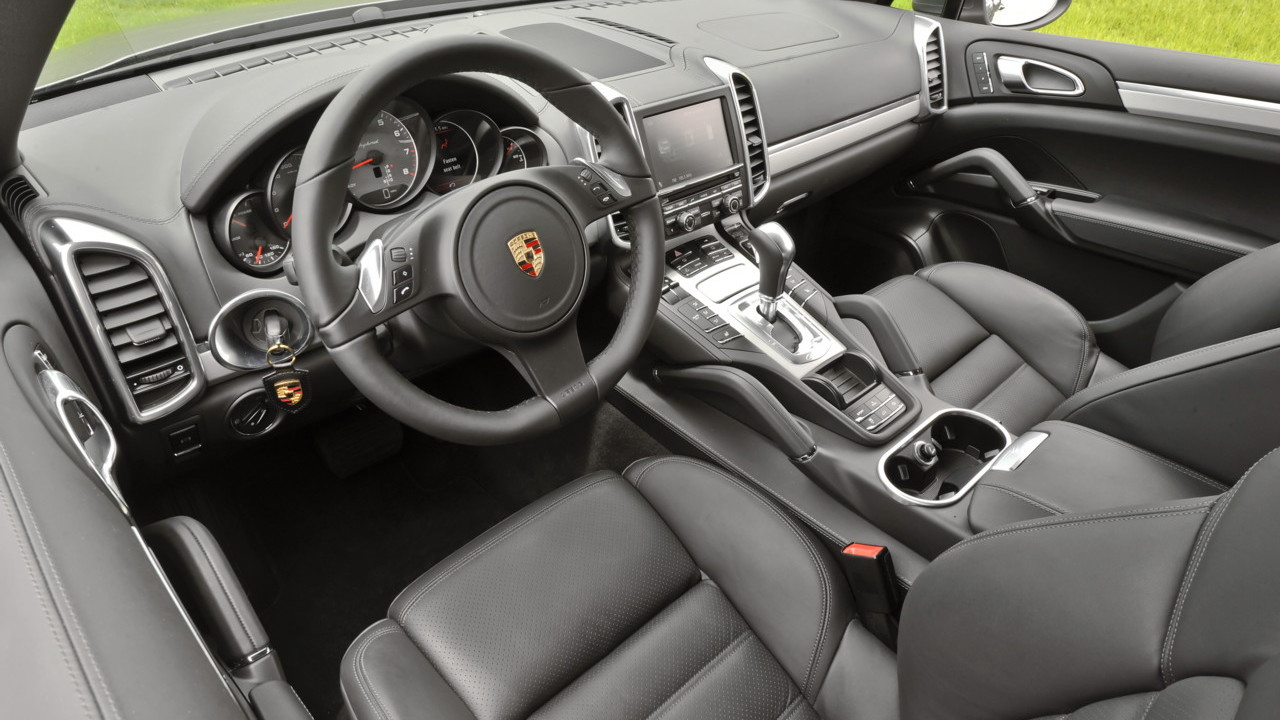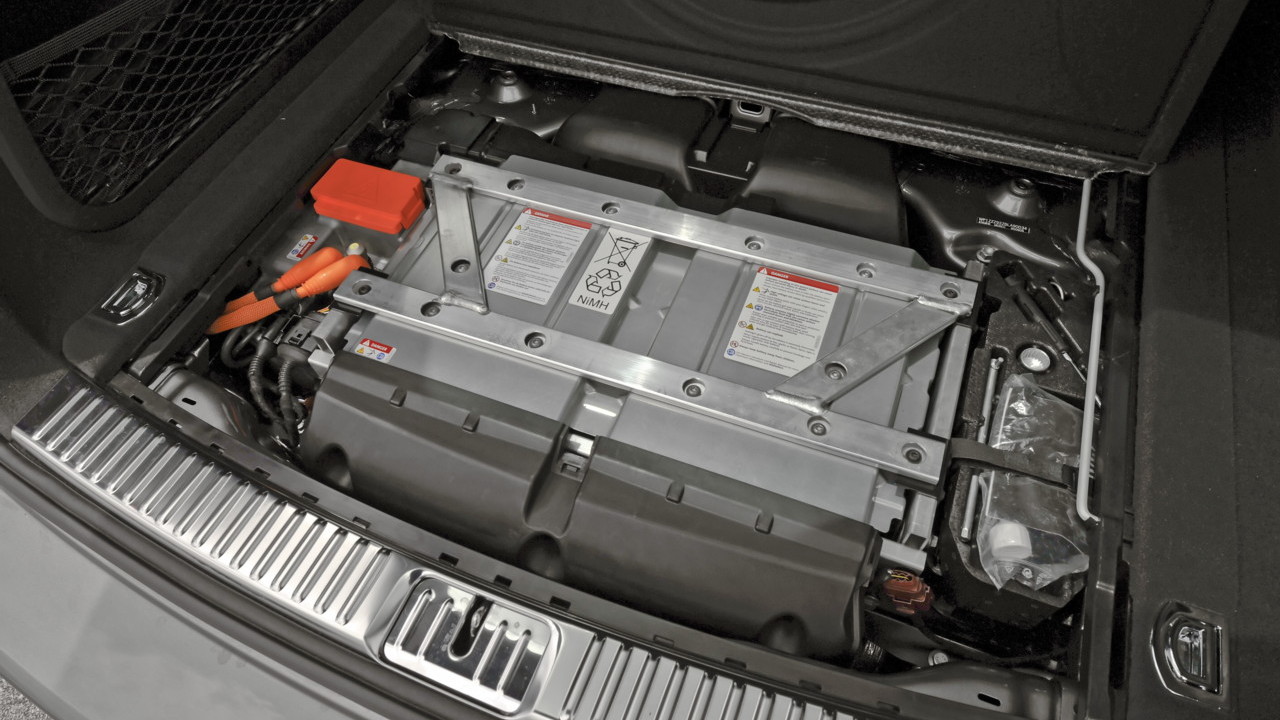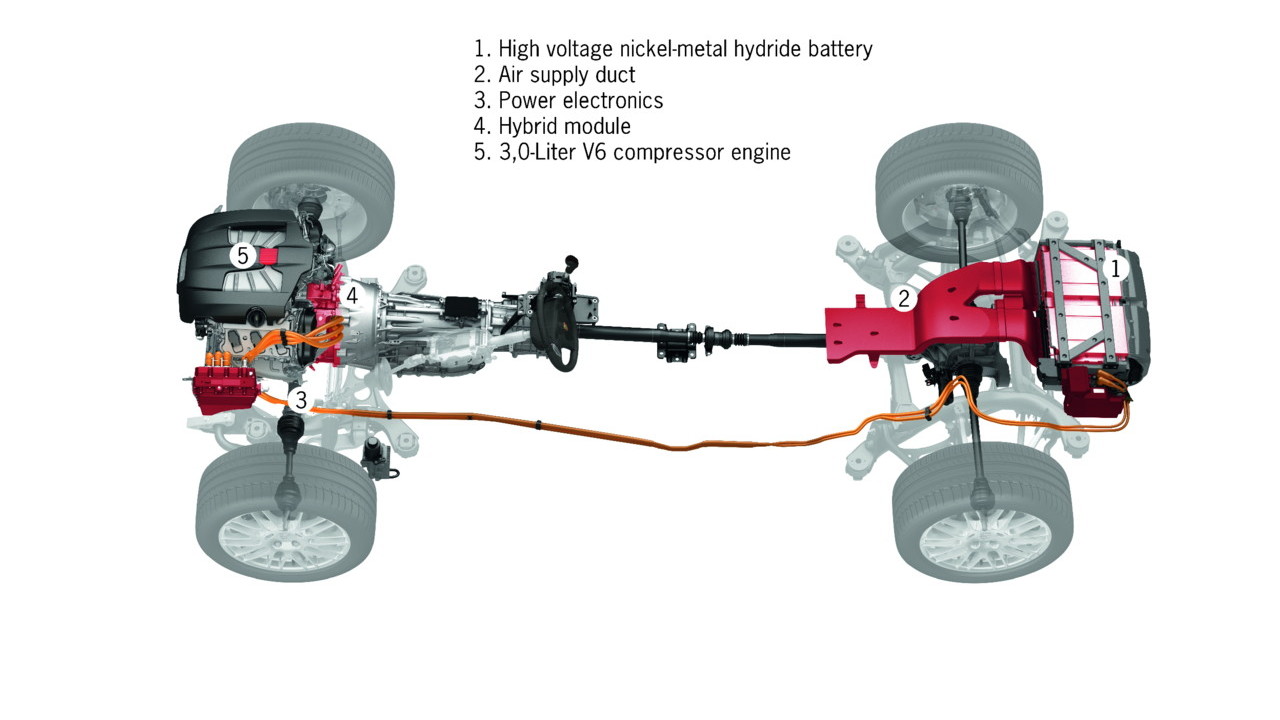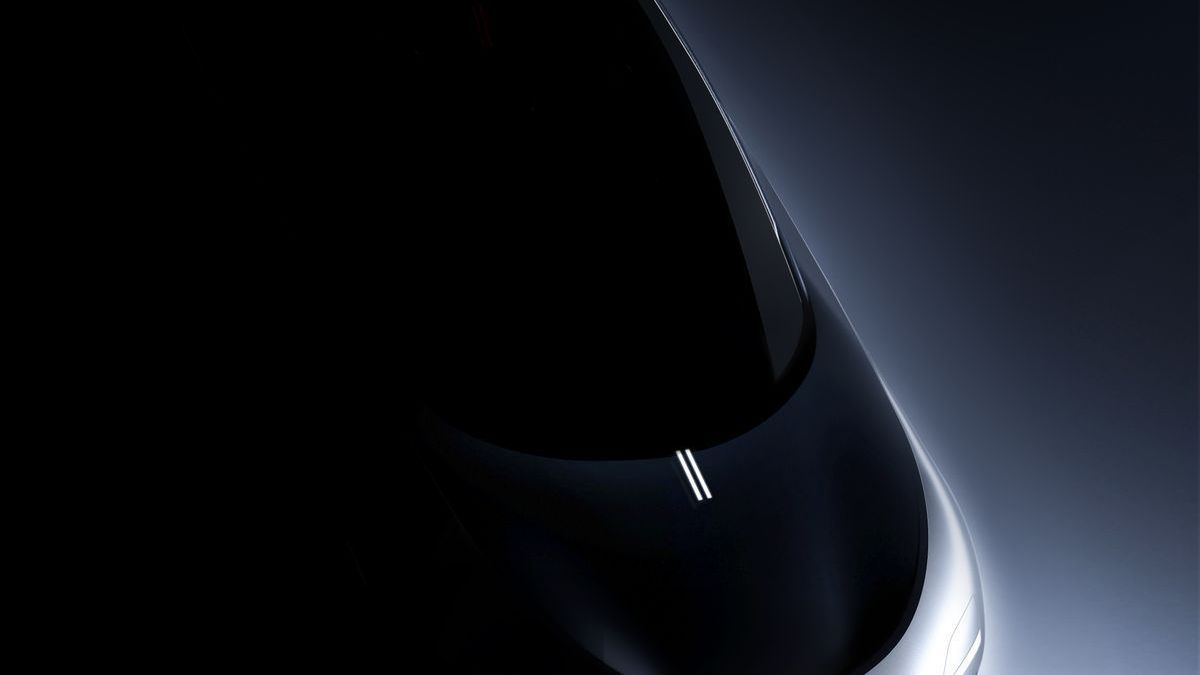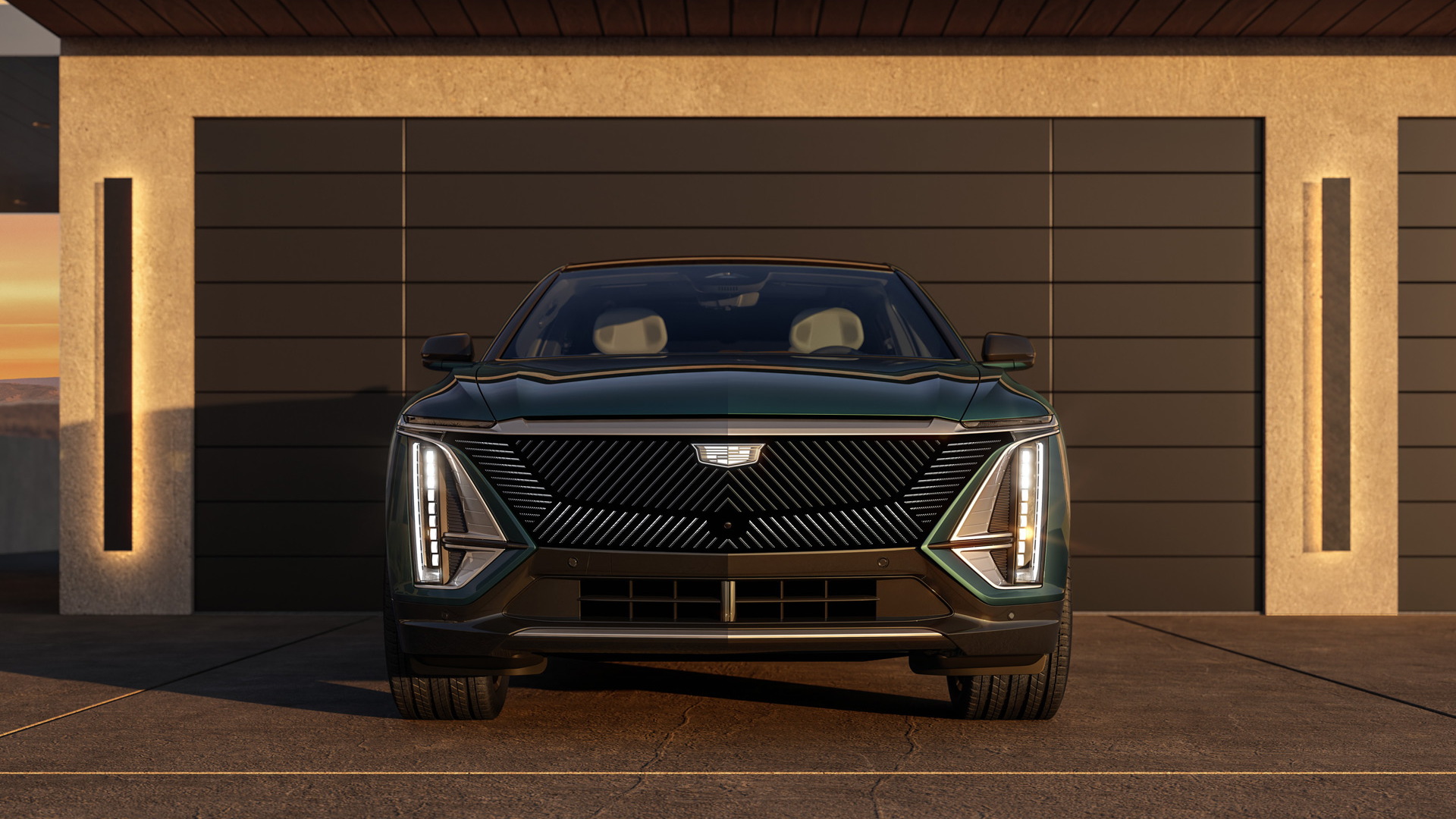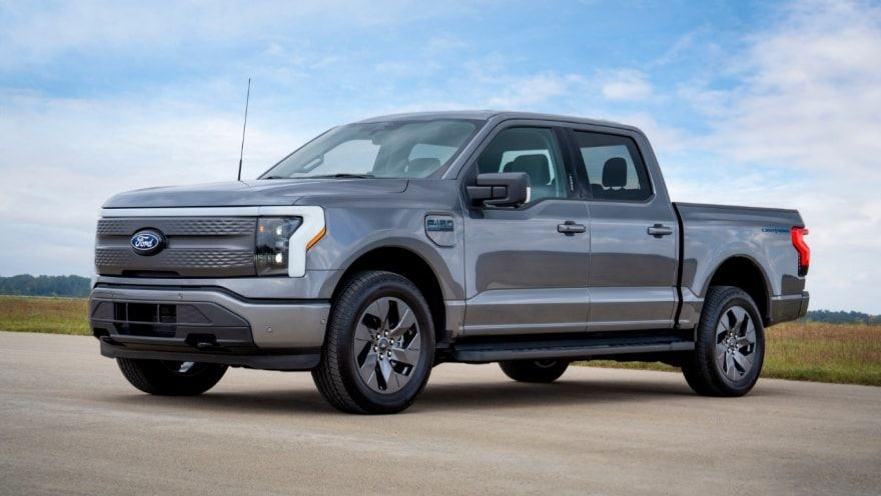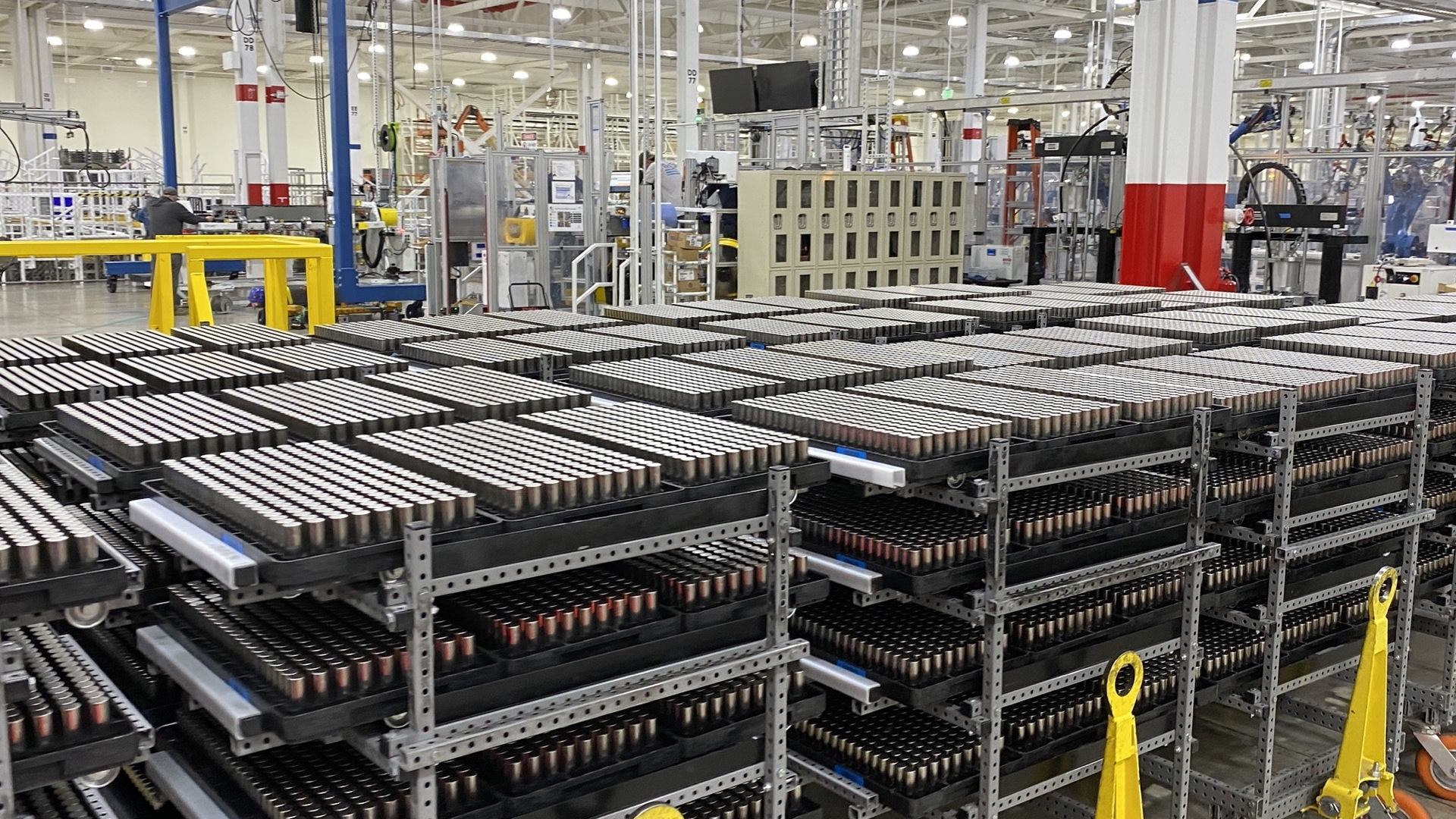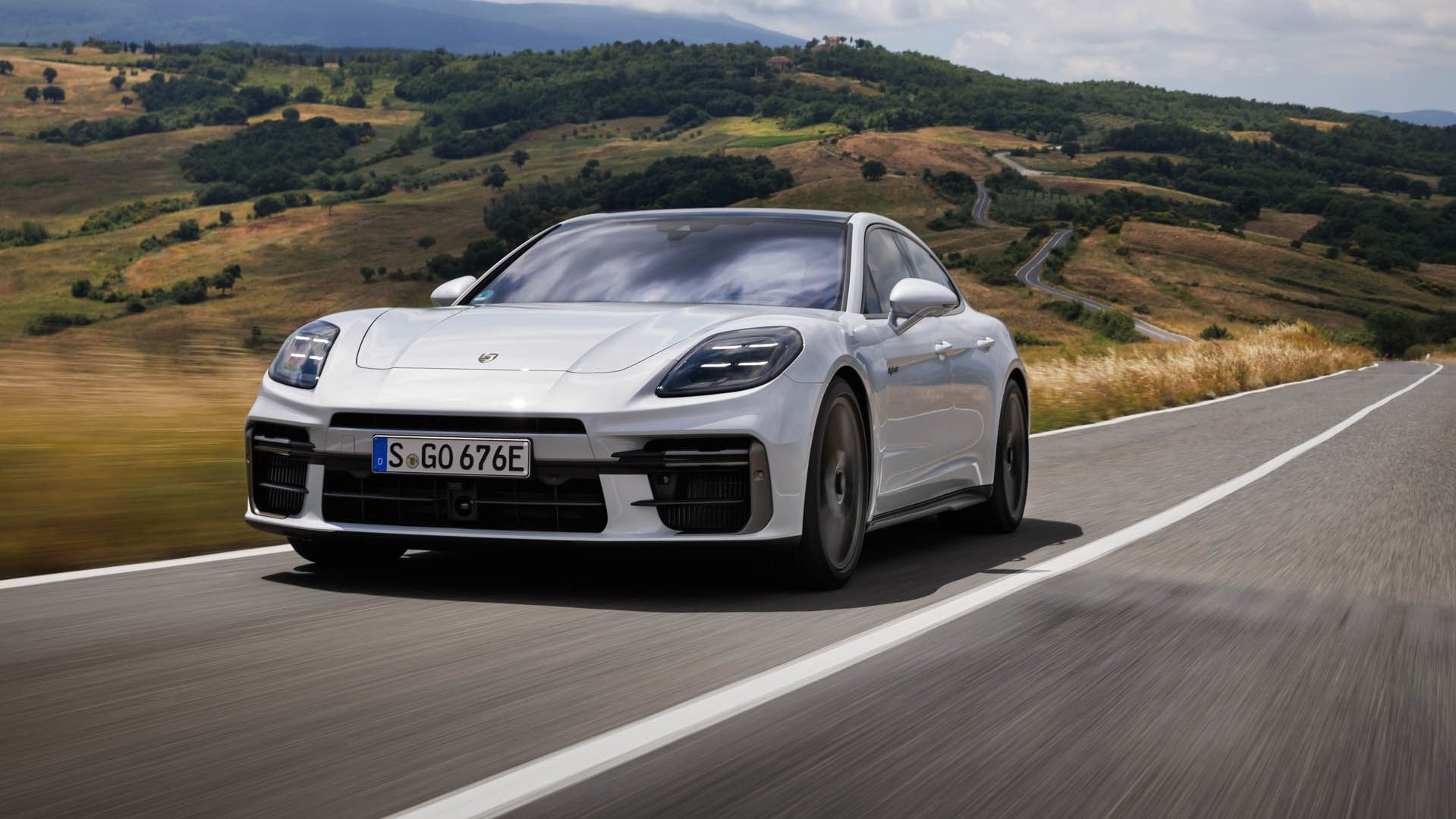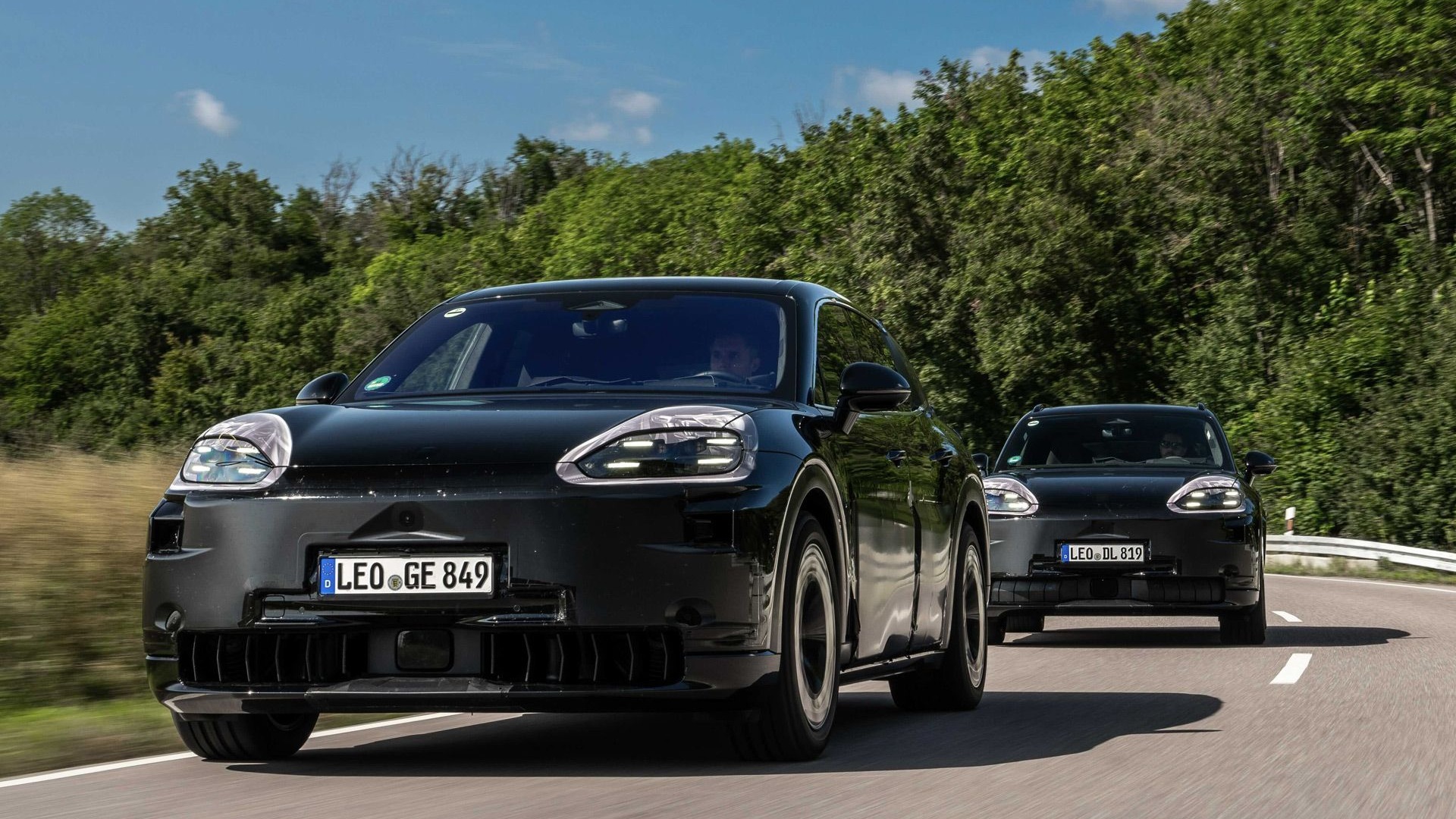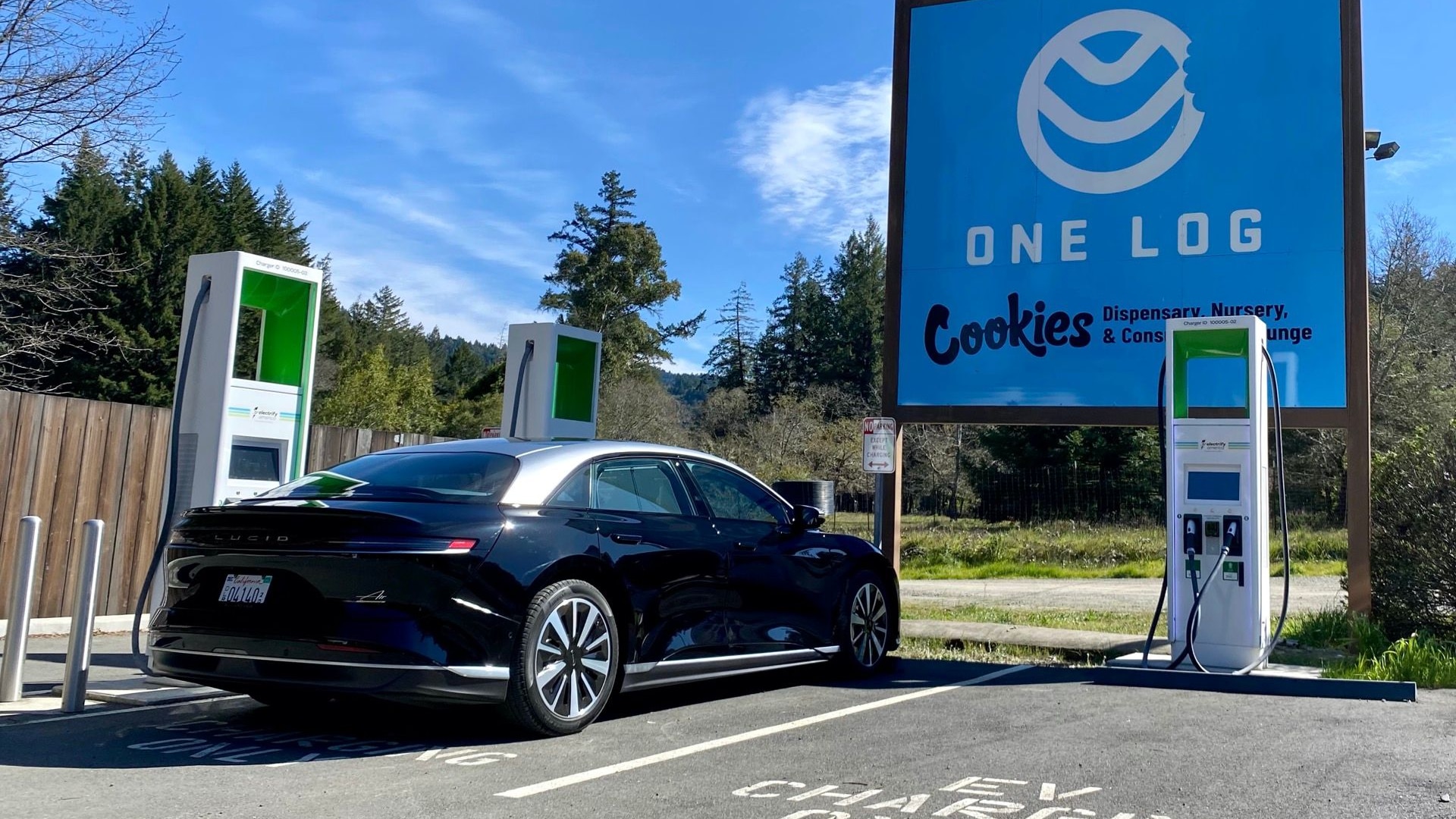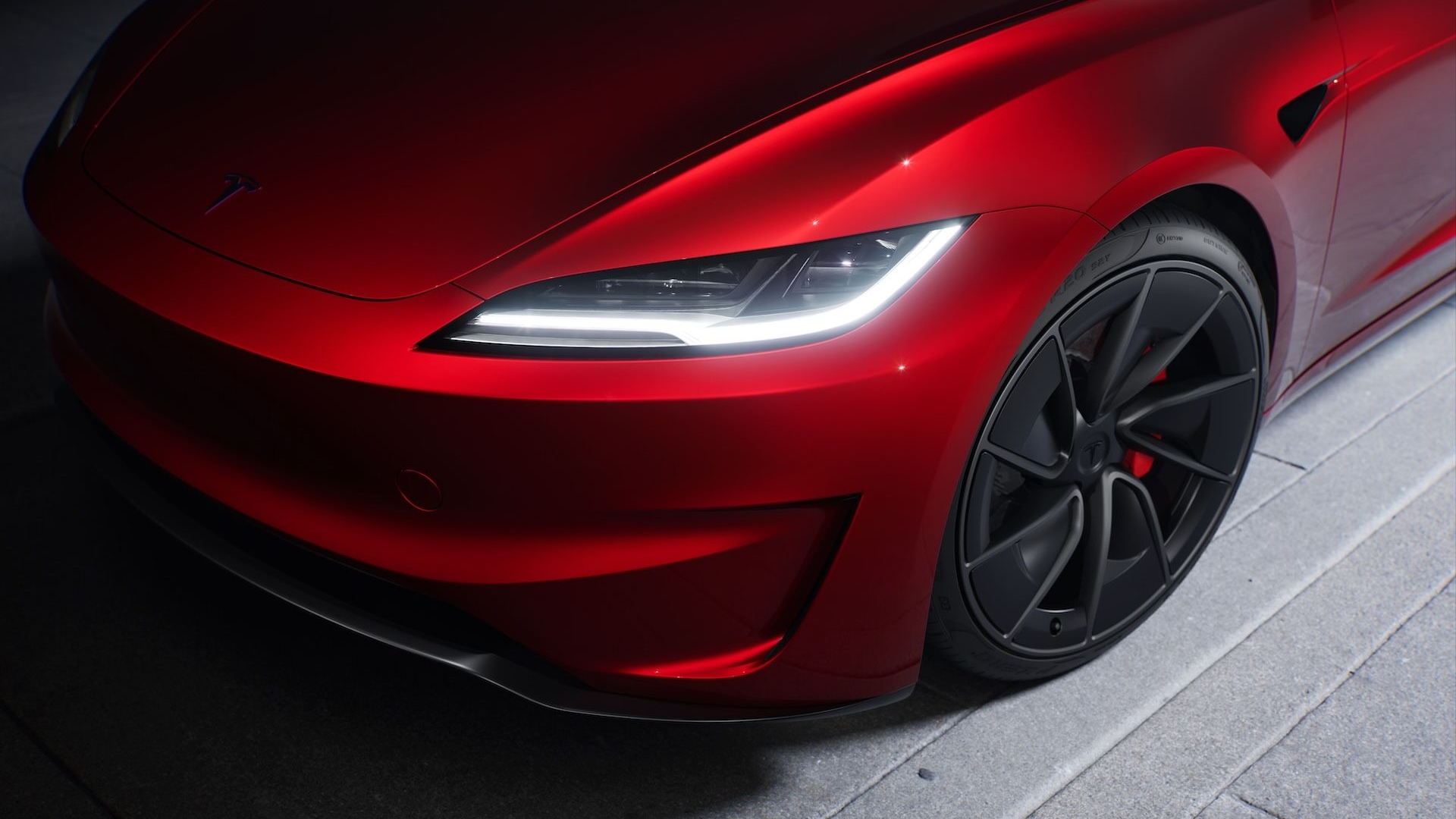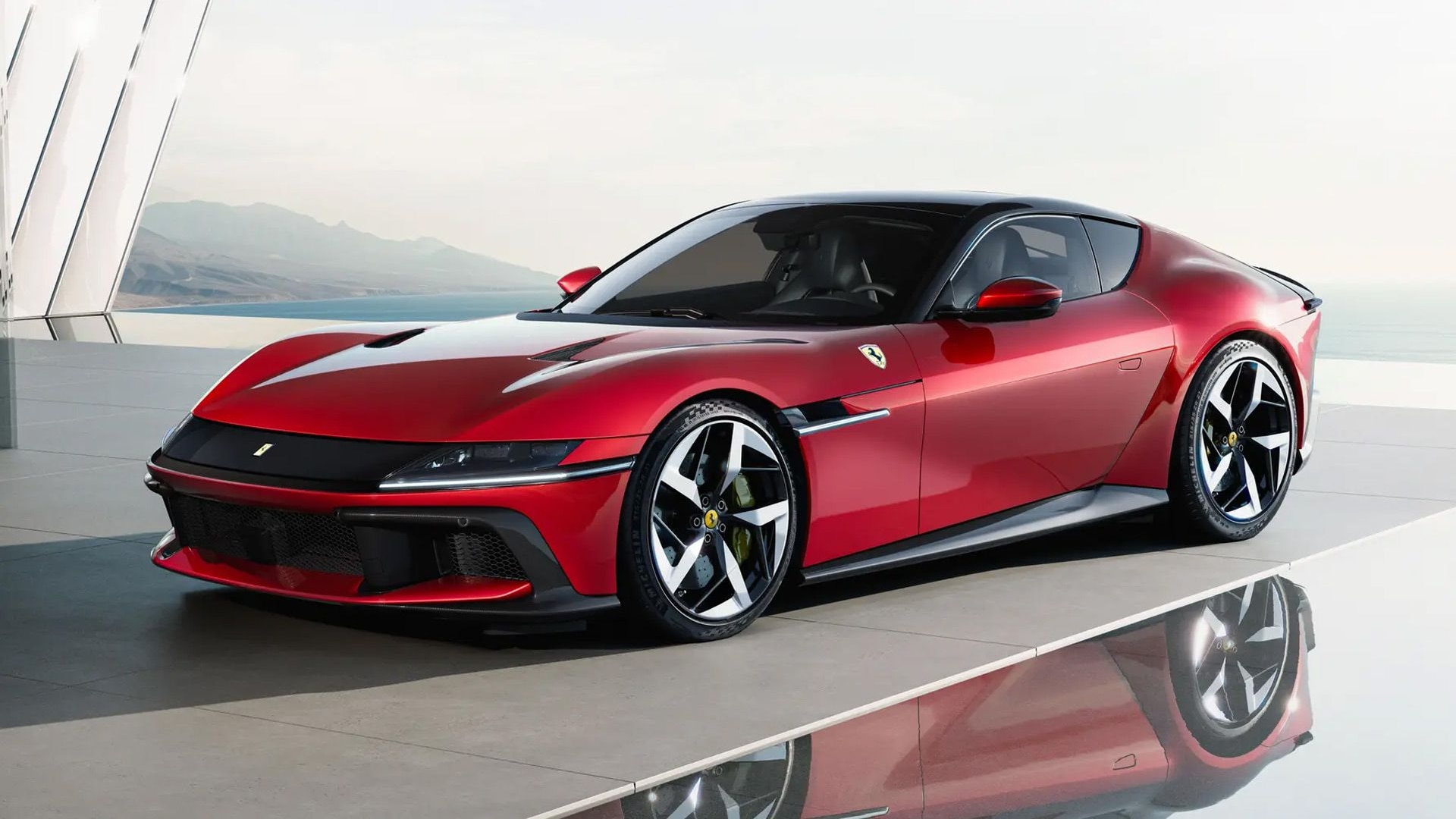And because of Porsche's technology focus, the brand's buyers are more likely to consider hybrid models, argues Dr. Michael Leiters, the project leader for the Cayenne.
The all-new full parallel hybrid system in the Cayenne S Hybrid—developed together with that of the 2011 Volkswagen Touareg Hybrid—employs a 333-horsepower, 3.0-liter supercharged V-6 (actually, the exact same engine as offered in the Audi S4) and a 47-hp (34 kW) electric motor system to, Porsche says, offer the performance of a V-8 and the economy of a V-6. With a dry decoupling clutch—very carefully managed with electronics—the system can select one power source or the other, or both. Performance is no penalty box; the Hybrid is far faster than the Cayenne V6, at 6.1 seconds to 60 mph and a top speed of 150 mph.
No need to feather-foot to reap the benefits
This system is described as quite different than other hybrid systems in that it was designed to provide mileage gains not only when driving slowly and gently—or when accommodating certain powertrain oddities (such as the Prius-friendly pulse-and-glide). Porsche programmed the hybrid system to always be on the ready with both power sources if needed so that strong torque is available right at tip-in, not a moment later, with a throttle response that's more characteristic of a sports car than a green vehicle. "You can drive it like a Porsche," declared Leiters.
Rather than the normal and eco modes that some more green-focused hybrids have, the Cayenne S Hybrid has normal and Sport modes, affecting the engagement of the power sources and how aggressively they join in. While full electric boost might come at only full throttle in normal mode, it will kick in at two-thirds throttle in Sport mode, for instance.
Also unique to this sporting hybrid is the idea of 'sailing'—a German-based term for coasting or freewheeling. With the clutch pack disengaging both power sources completely, the Cayenne Hybrid can 'sail' at up to 97 mph, allowing the gasoline engine to turn off and to take advantage of increased fuel-efficiency even at those higher speeds.
Sailing, sailing on the autobahn

2011 Porsche Cayenne S Hybrid
Another interesting behavior in the 2011 Cayenne S Hybrid is that, in electric mode, the transmission will shift up to second gear if you take off gently enough. Porsche says that the Cayenne can cover short distances in EV mode at speeds of up to 40 mph, though on a hot day with the air conditioning on, we typically saw the gasoline engine kick in at about 10 or 15 mph under gentle acceleration.
Porsche says that, altogether, the Cayenne S Hybrid will achieve more than 20 mpg in the EPA city cycle and more than 23 mpg in the EPA highway cycle. Over a quick 40-mile road course, we saw nearly 29 mpg from the Euro-spec (Imperial gallon) readout in the Hybrid test car, which equates to about 24 U.S. mpg—not bad for a stint that included bursts up to 85 mph and no effort to be sparing on two-lane back roads.
Not quite as much fun on the road, but worthy of its 'S' badge on the track
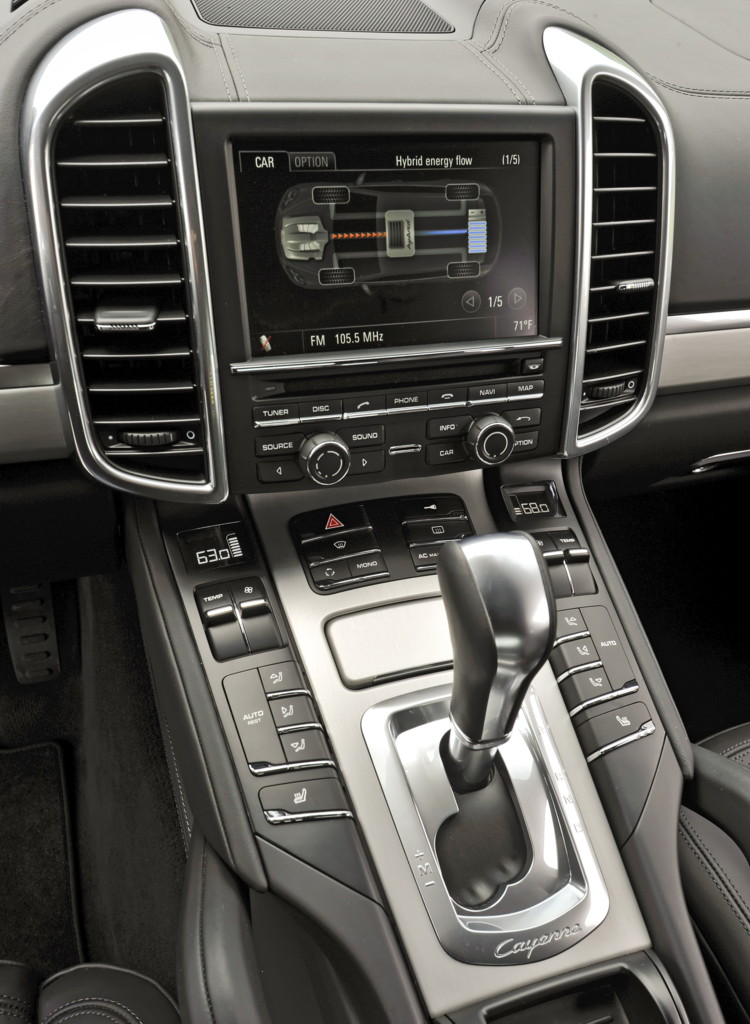
2011 Porsche Cayenne S Hybrid
But in track time, all those impressions went out the window. We drove the Hybrid and the S one after another and the Hybrid was surprisingly close in both its smooth power delivery characteristics and quickness. Only the lighter steering calibration kept this one from being as much fun for hot laps. The brakes, however, didn’t seem at all taxed, even after several hot laps.
Porsche has already announced pricing for the Hybrid. Starting at $67,700 plus $975 destination, it enters the Cayenne range just above the $63,700 Cayenne S and comes with a comparable level of standard equipment. To a lot of shoppers who find the Hybrid almost as fast as the V-8-powered S, we have a feeling the very slight premium will be worth it in bragging rights.

